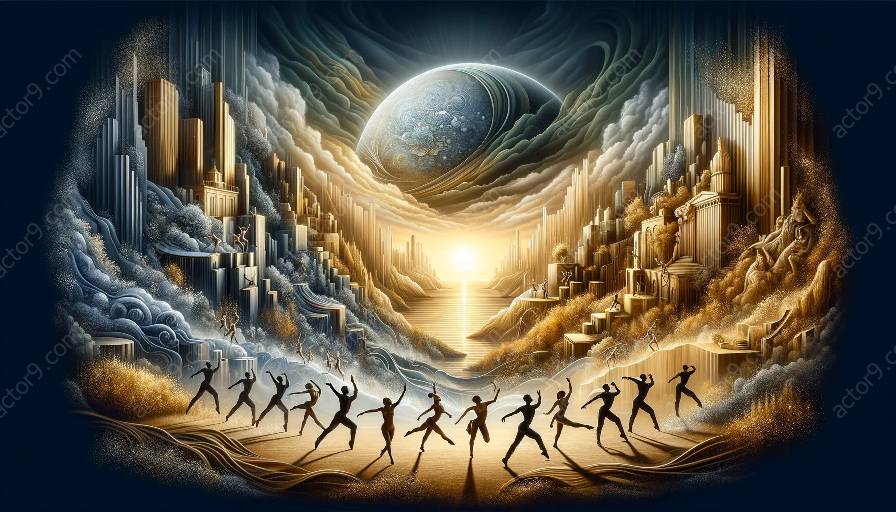Physical theatre is an art form that combines movement, gesture, and voice to convey stories and emotions, often without the use of traditional dialogue or narrative. It is a powerful medium that has the ability to engage with historical social movements and issues in a deeply impactful way, bringing attention to important societal matters through physical expression and performance.
Social Issues Portrayed in Physical Theatre
Before delving into how physical theatre engages with historical social movements and issues, it is essential to understand its portrayal of social issues. Physical theatre has been known to tackle a wide range of social and political topics, including gender inequality, racial discrimination, class struggle, environmental crisis, and human rights violations. Through movement, body language, and non-verbal expression, physical theatre artists can address these issues in a compelling and thought-provoking manner, transcending language barriers and resonating with audiences on a visceral level.
Engagement with Historical Social Movements
Historical social movements have often served as inspiration for physical theatre performances. From the civil rights movement to the women's suffrage movement, physical theatre has been utilized to revisit and retell the stories of these significant historical events. Through choreographed movements and symbolic gestures, physical theatre can capture the essence of these movements, honoring the struggles and triumphs of those who fought for social change. By embodying the experiences and emotions of historical figures, physical theatre brings these movements to life on stage, connecting audiences with the past and encouraging reflection on the present.
Exploring Social Injustice and Inequality
Physical theatre provides a platform for the exploration of social injustice and inequality, shedding light on systemic issues that continue to impact societies worldwide. Through dynamic and evocative performances, physical theatre can depict the harsh realities of marginalized communities, highlighting the need for empathy, understanding, and action. By embodying the struggles and resilience of individuals facing oppression, physical theatre invites audiences to confront uncomfortable truths and engage in critical conversations about societal change.
Empathy and Human Connection
One of the most compelling aspects of physical theatre's engagement with historical social movements and issues is its ability to cultivate empathy and human connection. By embodying the experiences of marginalized groups and historical figures, physical theatre performers create an emotional bridge between the stage and the audience. This emotional resonance fosters a deeper understanding of the human experience, fostering empathy and solidarity across diverse social and cultural backgrounds.
Conclusion
Physical theatre serves as a powerful vehicle for engaging with historical social movements and issues, offering a platform for the portrayal of social issues and the exploration of societal challenges. Through evocative performances and emotive storytelling, physical theatre not only reflects the past but also sparks dialogue and reflection on contemporary social issues. By embodying the essence of historical struggles and shedding light on present-day injustices, physical theatre stands as a compelling and poignant art form that continues to resonate with audiences and provoke meaningful conversations about the world we live in.




































